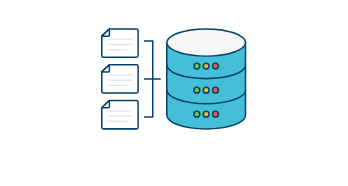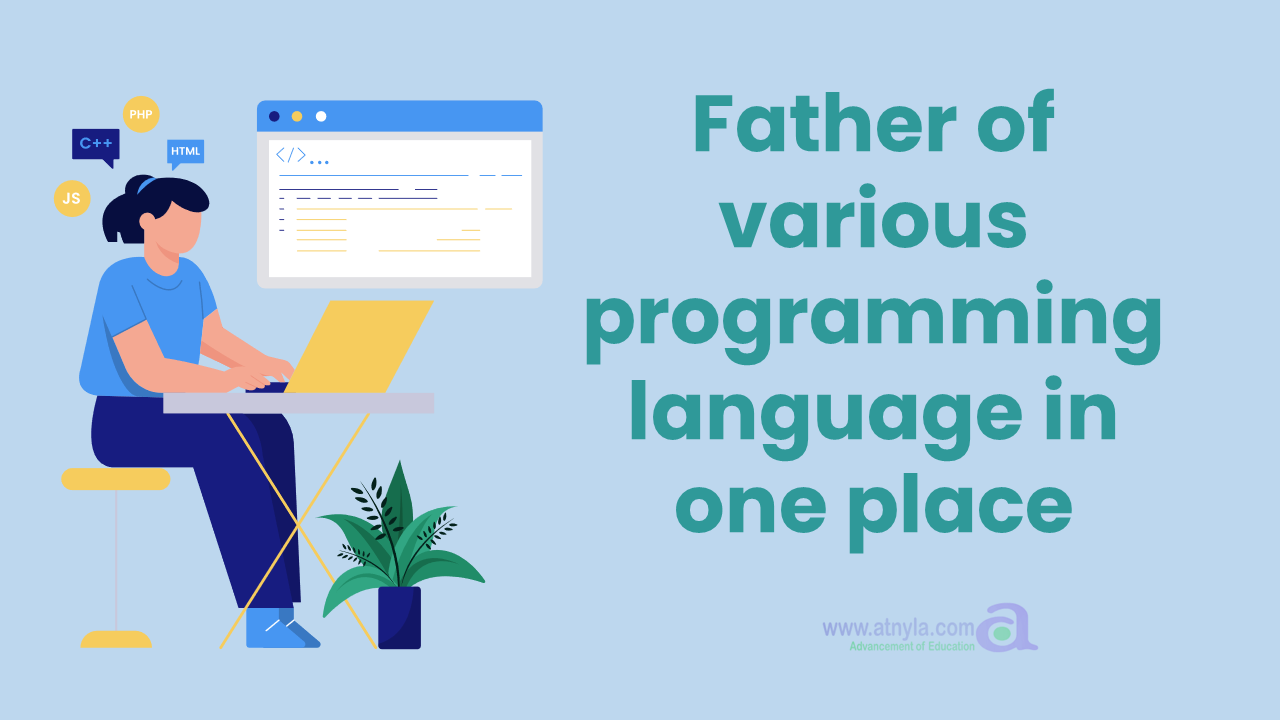Python or SQL which is better for Data Science
Python or SQL which is better for Data Science
Both Python and SQL are important tools in the field of data science, and they serve different purposes within the data science workflow. The choice between Python and SQL depends on the specific tasks you need to perform and the context in which you are working. Here's a breakdown of their roles in data science:
Python:
Python is a versatile programming language that has gained immense popularity in the field of data science. It offers a rich ecosystem of libraries, frameworks, and tools that make it well-suited for various data-related tasks:
-
Data Manipulation and Analysis: Python libraries like Pandas, NumPy, and SciPy provide powerful tools for data manipulation, cleaning, and analysis.
-
Machine Learning and Modeling: Python has a wide range of machine learning libraries, including Scikit-Learn, TensorFlow, and PyTorch, that allow you to build and train complex models.
-
Data Visualization: Libraries like Matplotlib and Seaborn enable you to create interactive and informative data visualizations.
-
Web Scraping and APIs: Python can be used to scrape data from websites and interact with APIs, allowing you to gather data for analysis.
-
General-Purpose Programming: Python's general-purpose capabilities make it flexible for integrating data science tasks into larger applications.
SQL (Structured Query Language):
SQL is a domain-specific language used for managing and querying relational databases. It is essential for working with data stored in databases:
-
Data Retrieval and Filtering: SQL is used to retrieve specific data from databases using queries. It allows you to filter, sort, and aggregate data efficiently.
-
Database Management: SQL is crucial for creating, modifying, and managing database structures, tables, and relationships.
-
Data Transformation: SQL can be used to transform data within a database, such as joining tables, calculating aggregates, and creating new views.
-
Data Cleaning and Preprocessing: SQL can help clean and preprocess data directly within the database, which can be useful for large datasets.
-
Query Optimization: SQL allows you to write optimized queries to improve the performance of data retrieval.
In summary, Python and SQL complement each other in the data science workflow. Python is more suitable for data analysis, machine learning, and visualization tasks, while SQL is essential for managing and querying databases. Many data scientists use both languages in combination to leverage their respective strengths. Ultimately, the choice between Python and SQL depends on your specific project requirements and the nature of the data tasks you need to accomplish.

































